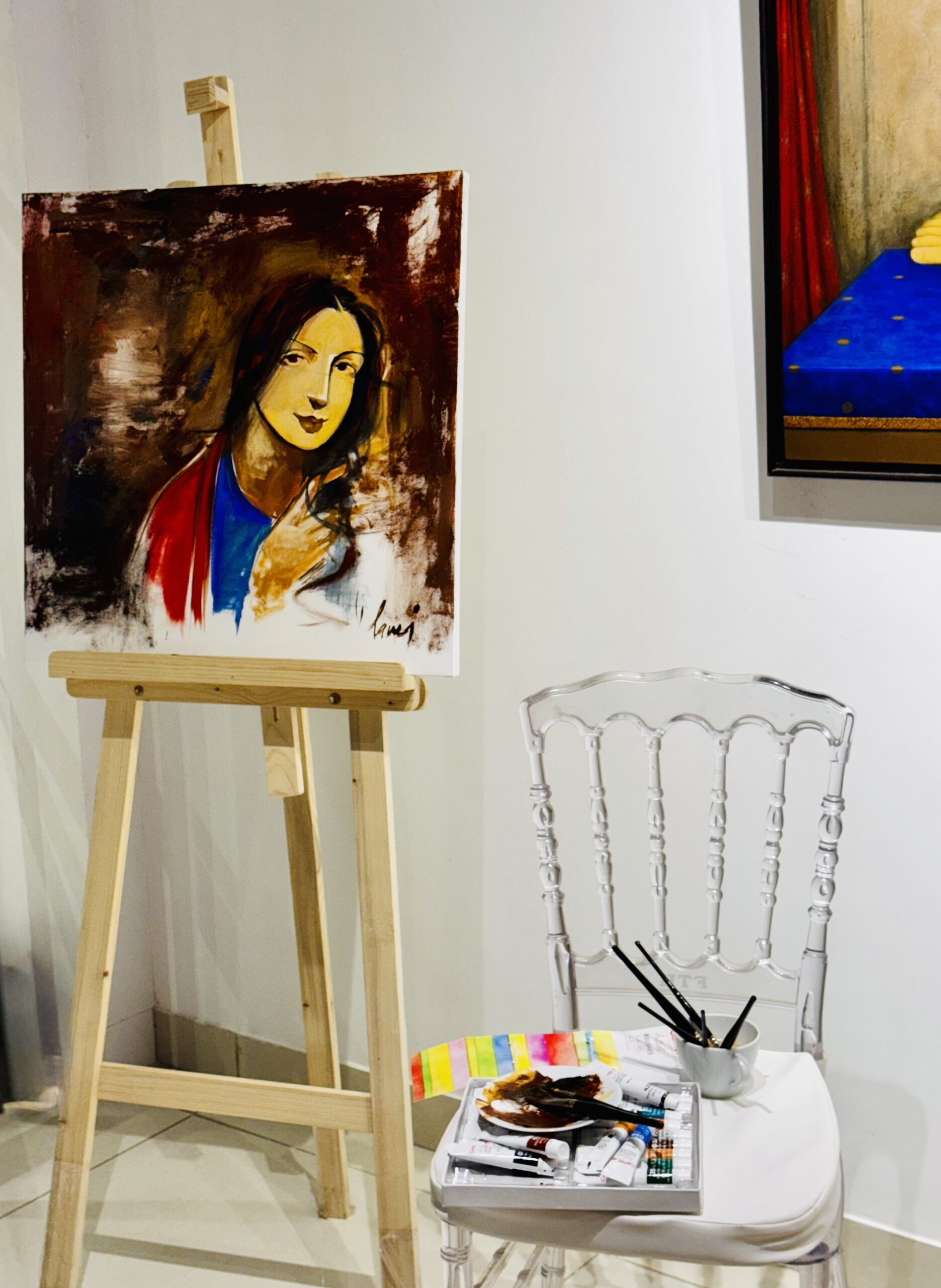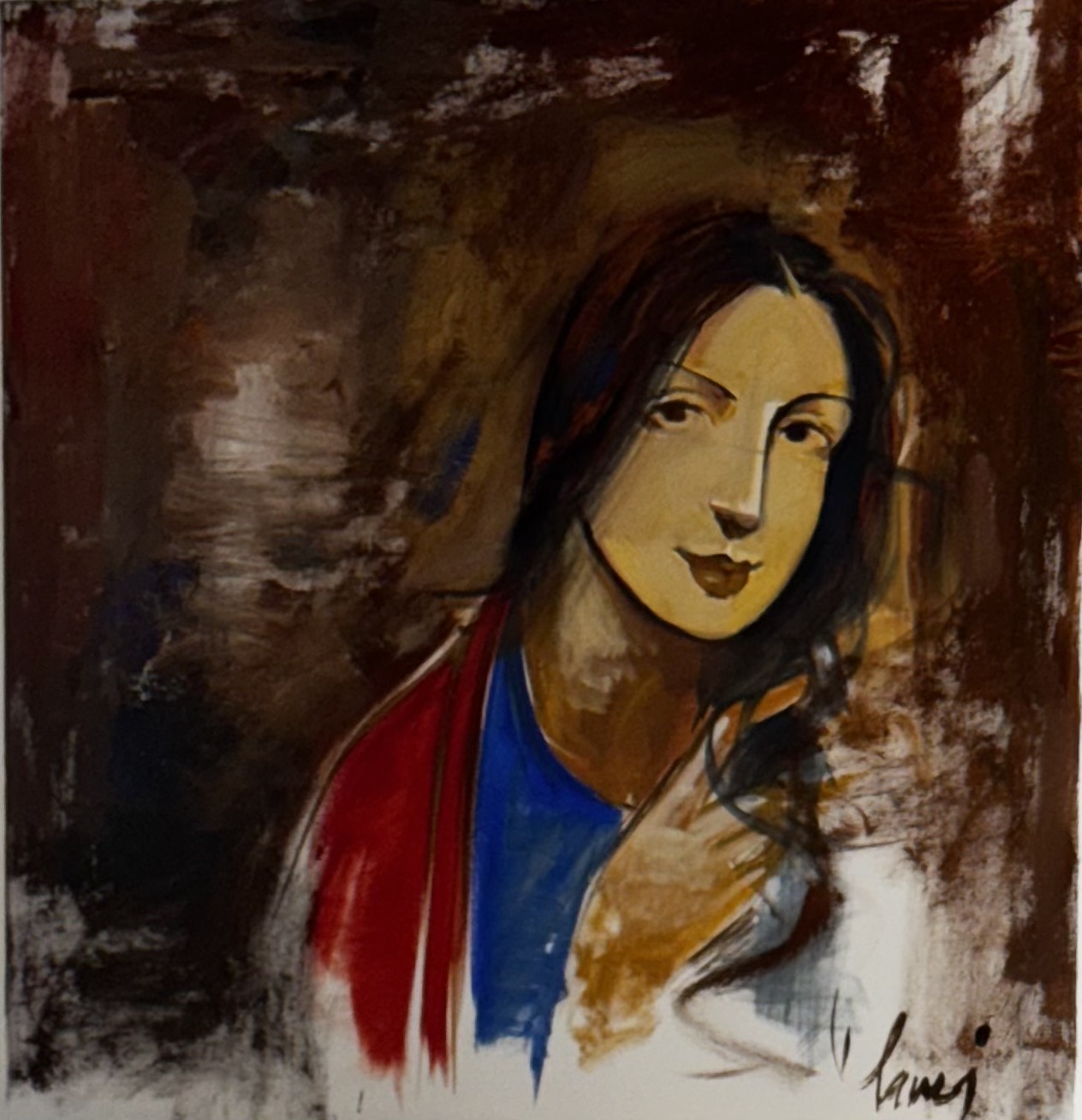Why Art Collectors Are Drawn to Imperfection
In a world where everything is touched up, edited, and filtered, it might seem strange that serious art collectors are often drawn to something… a little messy. A little raw. A little imperfect.
But that’s exactly the point.
Because perfection might be pleasing — but imperfection is powerful.
Every work of art is a story. And the best stories — the ones that stick with you, aren’t the ones where everything goes smoothly. They’re the ones with struggle, tension, and depth. The same goes for art. When collectors look at a piece, they’re not just scanning for clean lines or balanced composition. They’re looking for feeling. For truth. And truth isn’t always tidy.
It lives in the imperfect.
There’s something deeply moving about seeing the artist’s presence in their work, a shaky line, a bold brushstroke, a rough edge that wasn’t sanded away. Those marks are more than just visual details. They’re evidence that a real person was here, someone who wrestled with doubt, tried something risky, maybe even failed… but kept going anyway.
Collectors don’t just want what the artist made. They want the moment it was made in.
Perfection, especially in the age of AI and automation, often feels cold. It looks right, but it doesn’t feel right. Collectors crave what machines can’t make, emotion, spontaneity, soul. They don’t want something that looks like it came off an assembly line. They want something that looks like someone lived through it.
Here’s a quiet truth most people don’t talk about: every finished piece an artist shares is built on a mountain of discarded attempts. Half-done sketches. Failed experiments. Unfinished thoughts. Collectors understand this. They respect it.
Because behind every frame on a gallery wall is a journey — and they’re not just buying the end result. They’re buying the process, the persistence, the story.
We live in a time of curated feeds and flawless filters. But art collectors are swimming in the other direction. They want pieces that breathe. That ache a little. That feel human. Because the most unforgettable works aren’t the perfect ones. They’re the ones that make you feel a jolt, a pause, a memory, a breath.

